This thing was one of the earlier purchases I made in terms of puerh – bought about 10 years ago. When I bought it it was already labeled as “Preciously stored old raw brick”, with a nice wooden box to go with it to convey the preciousness of the thing. I remember back then it was pretty harsh. In fact, I don’t remember the last time I tried this tea – it was probably at least four or five years ago. In the meantime, it’s been aging peacefully in this nice little box, hopefully getting better.
One of the earliest things I’ve learned about puerh (not early enough, apparently) was that there’s an order to the world of puerh. Cakes were best, tuos were next, then there are the bricks, and finally there are the other random stuff. Bricks, in other words, were basically at the bottom of the totem pole – crap, in other words. This brick more or less confirms that theory, because it is filled with crushed leaves. Other than the nice surface
the rest of the brick can best be described as sawdust. There’s not a single whole leaf in the thing after the surface layer.
The taste is actually quite nice now – it is aged, and definitely has that aged taste to it, but not with a nasty streak of bitterness that it used to have. While I wouldn’t call it mellow, it is not terrible either. The problem, really, is in the longevity of the tea – because of its sawdust nature, it doesn’t last very long. Ten plus infusions later and it’s giving you tasteless water. What’s the point of carefully aging it if it won’t last?
These days bricks are more hit or miss than before, when it was a sure miss. Very often bricks are now made when the producer has enough stuff leftover but not really enough to make a cake run, or if they sorted out the secondary/less desirable leaves and make bricks out of it. There are exceptions, but not too often. Which is why I almost never buy bricks.

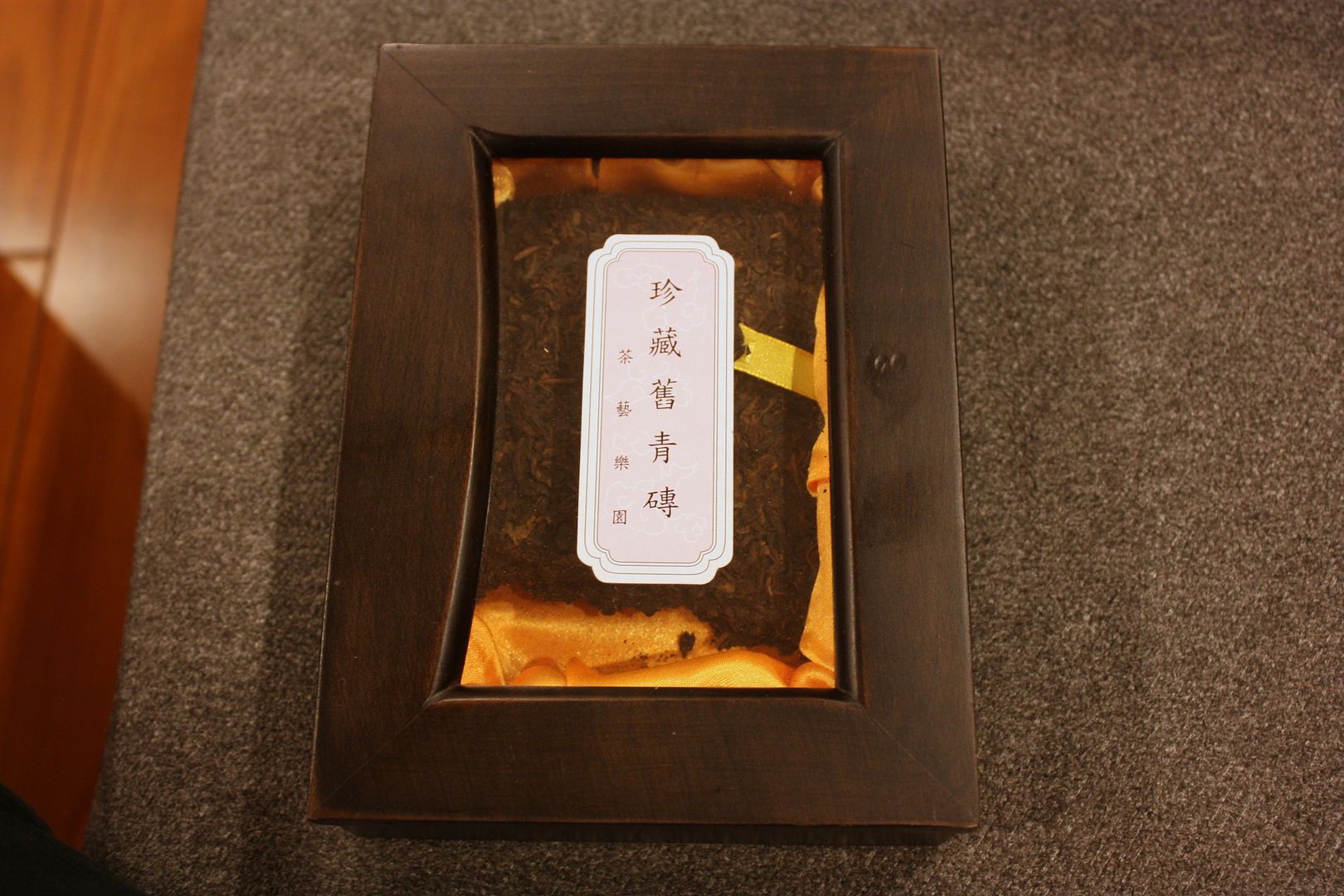


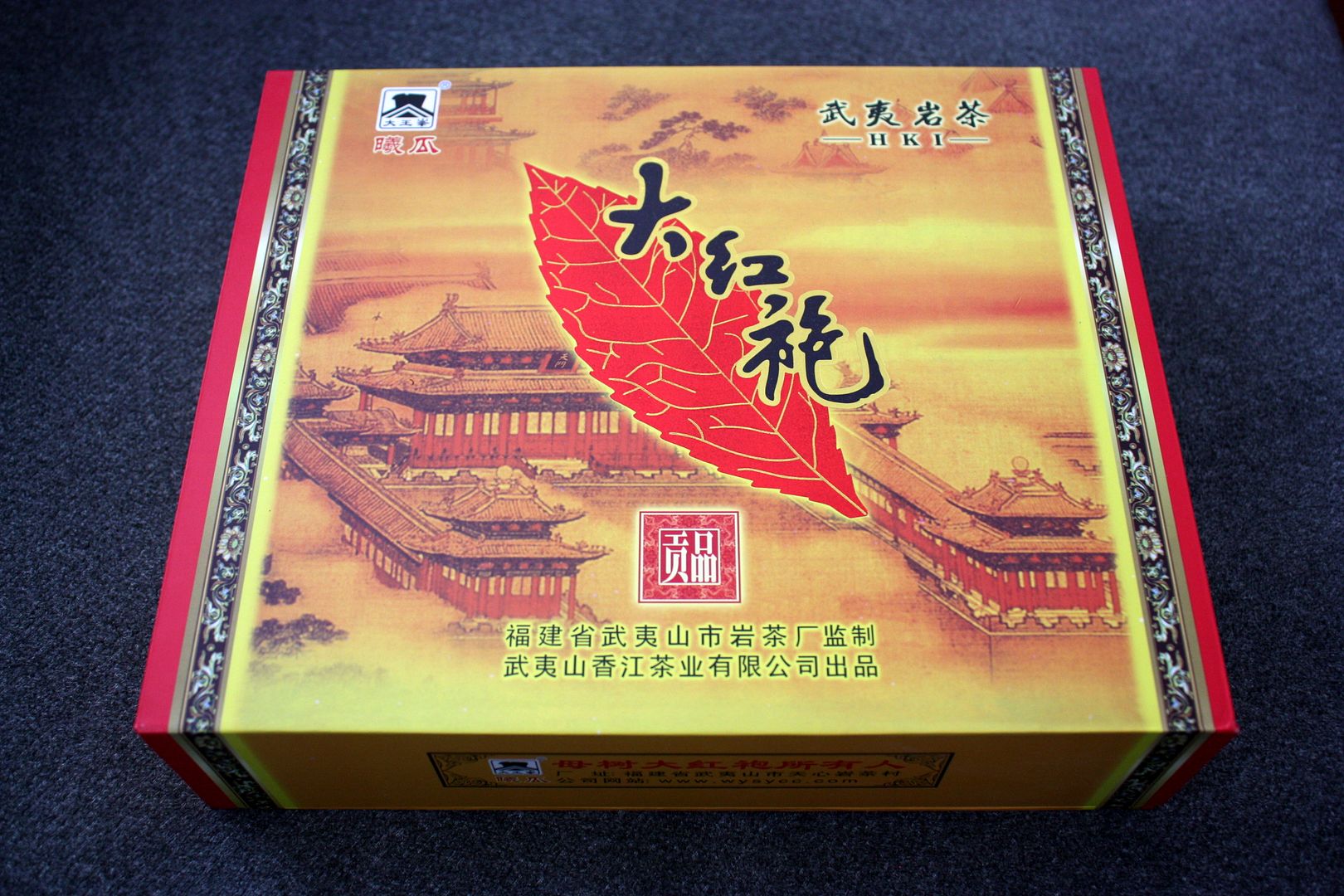
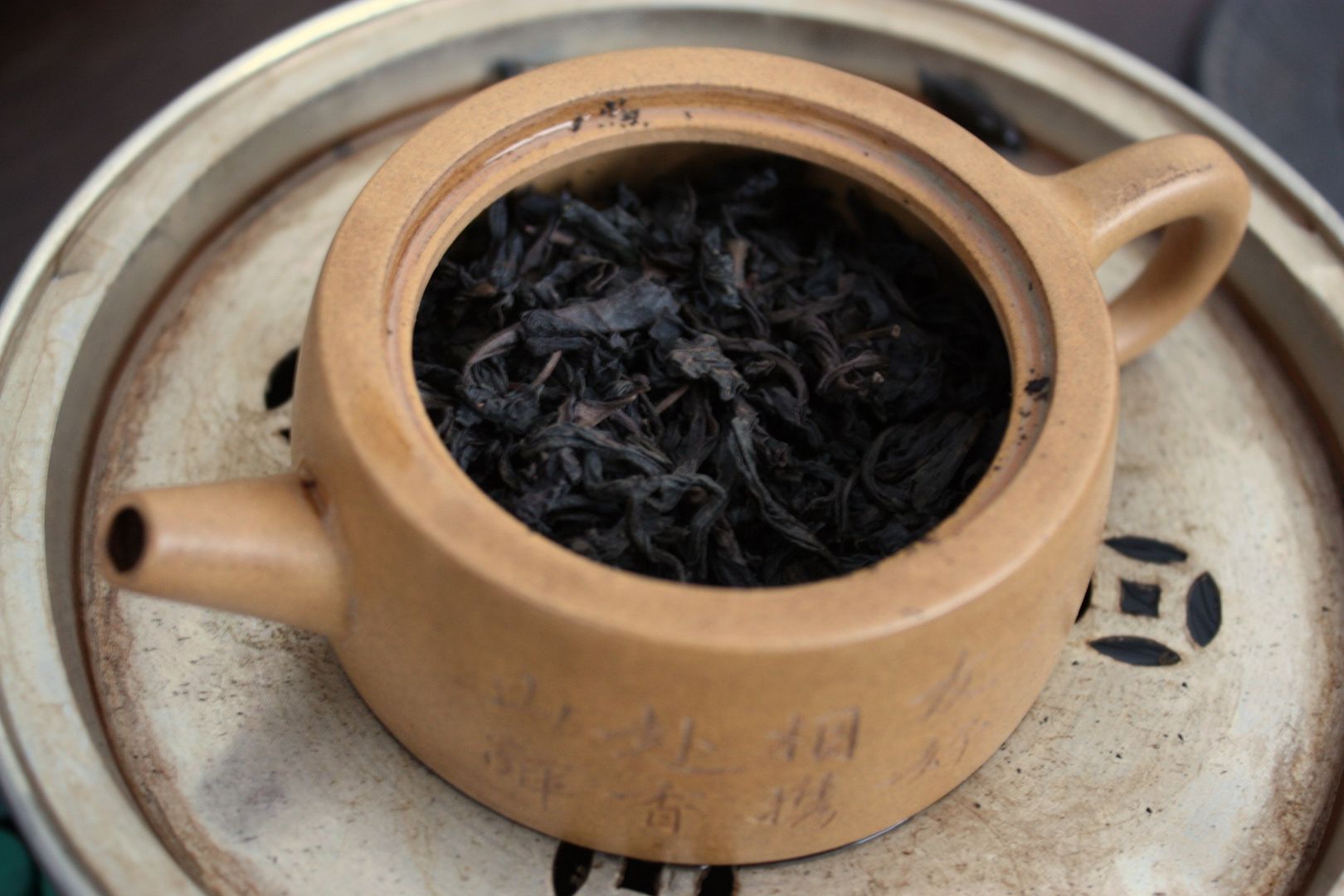


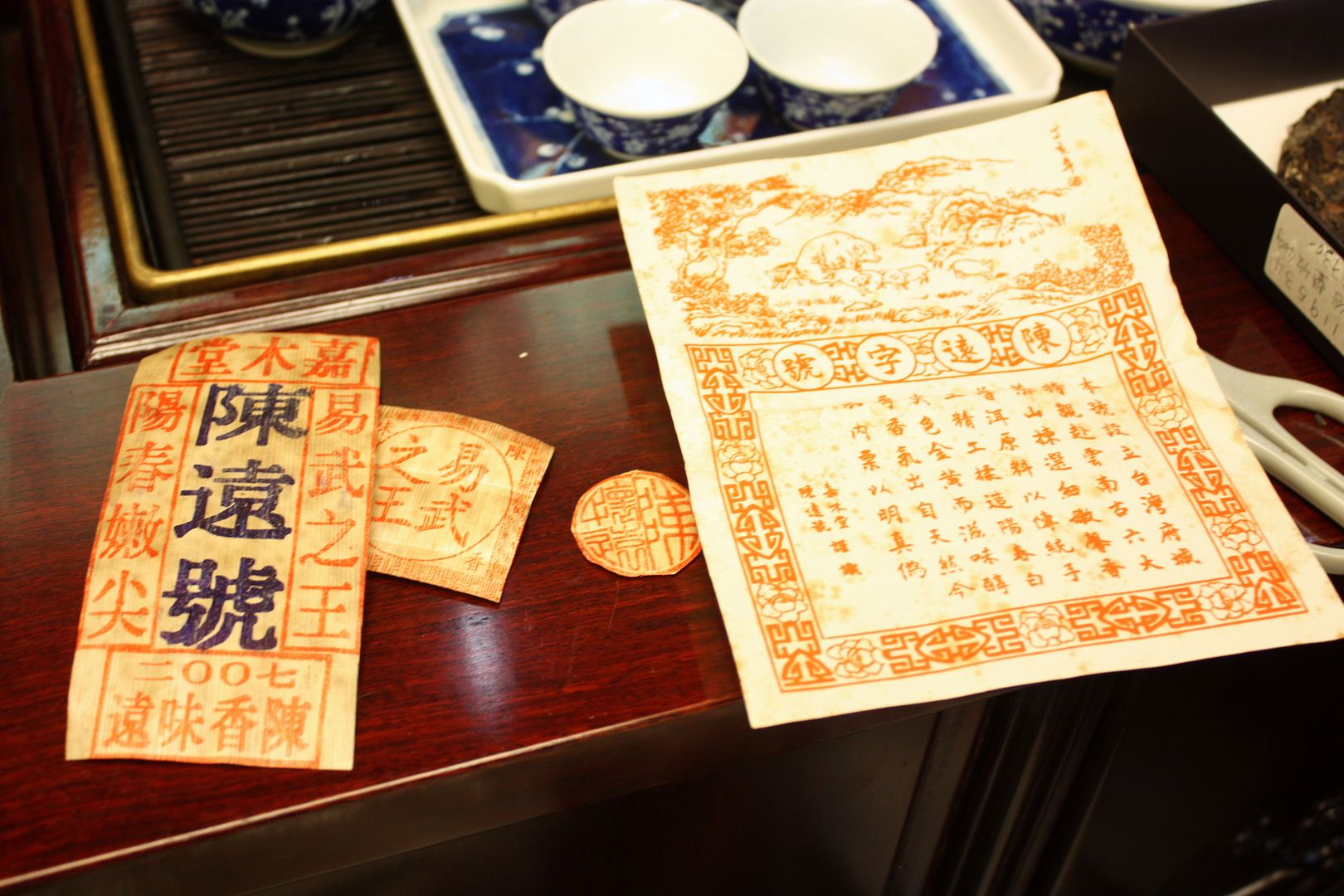
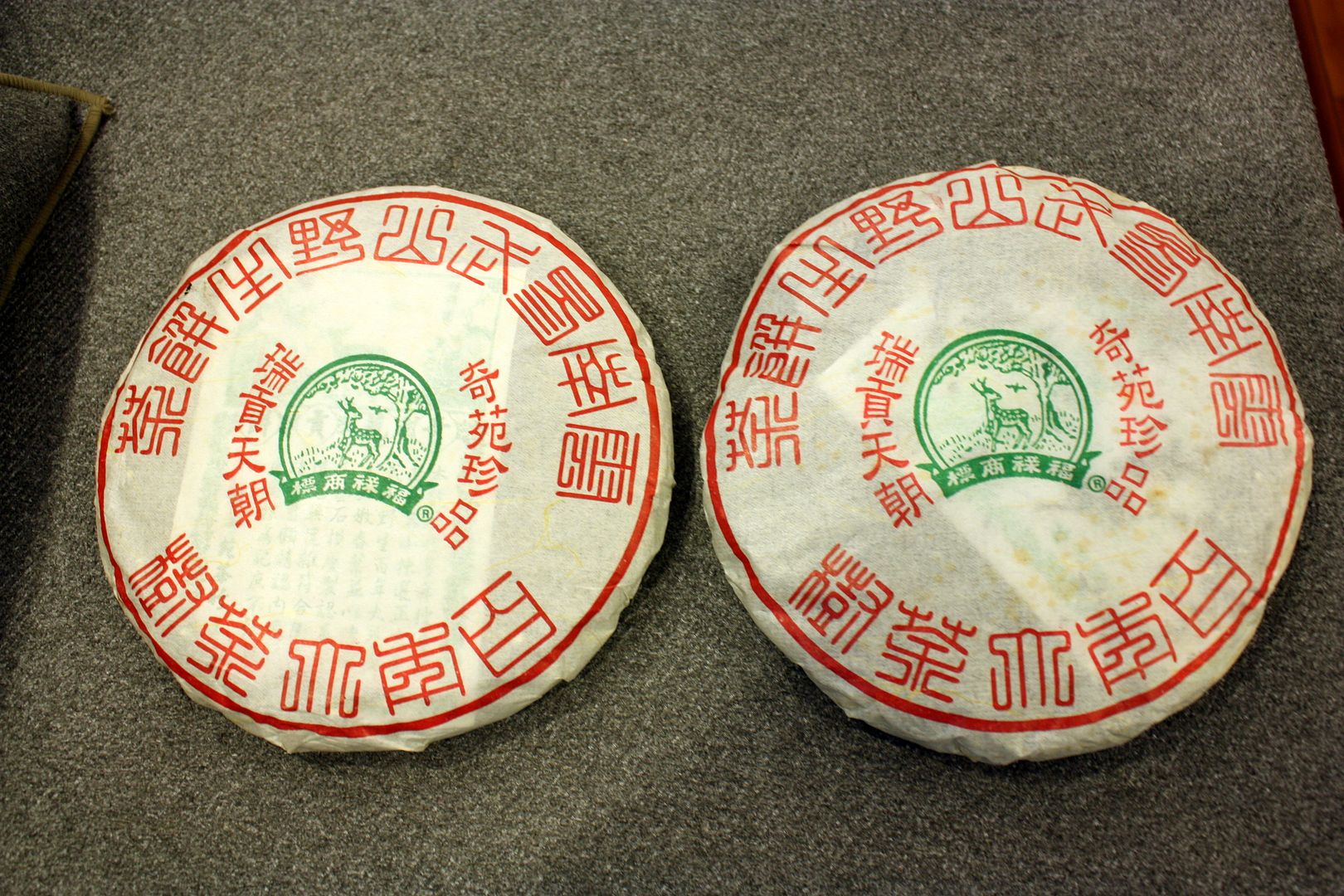
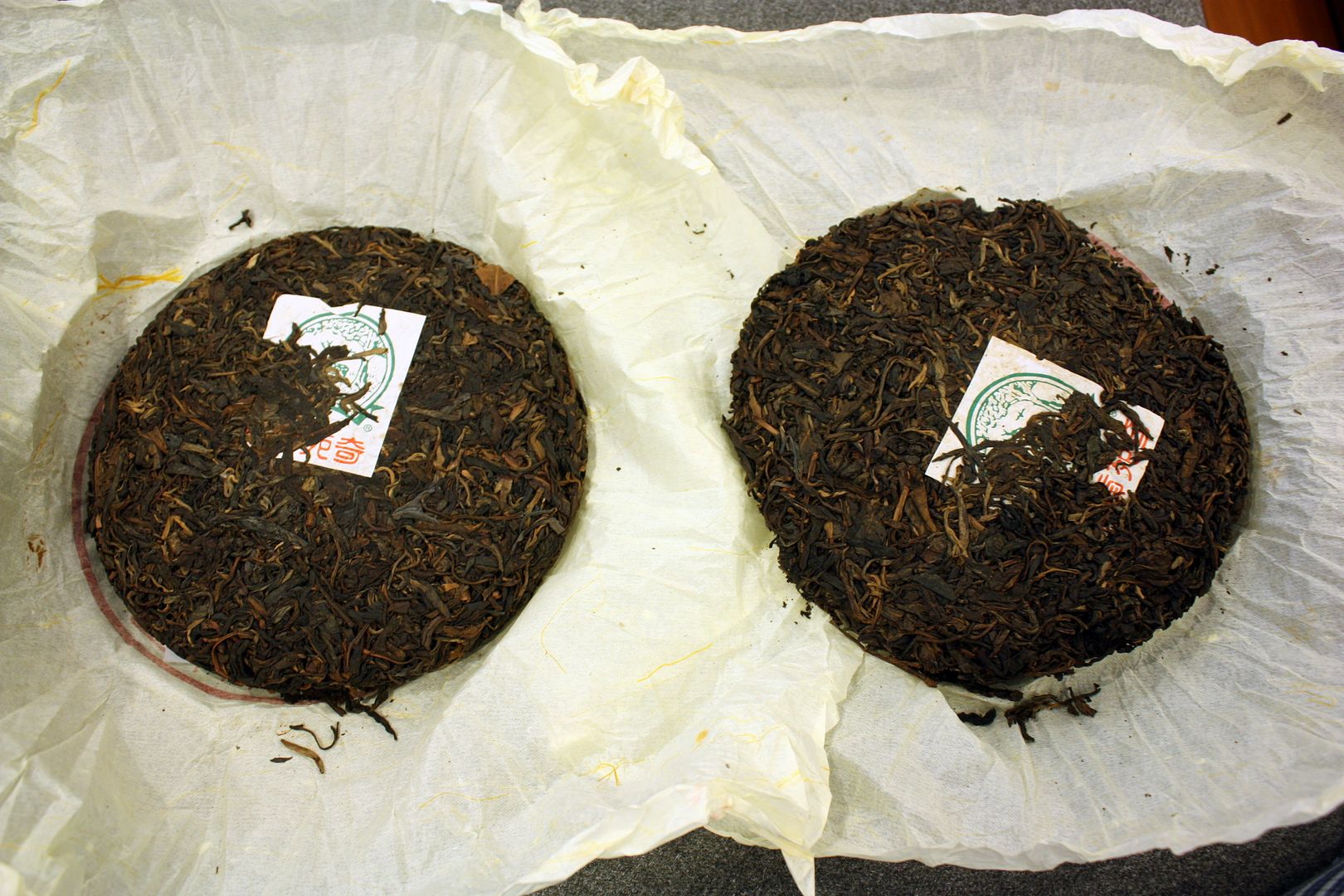
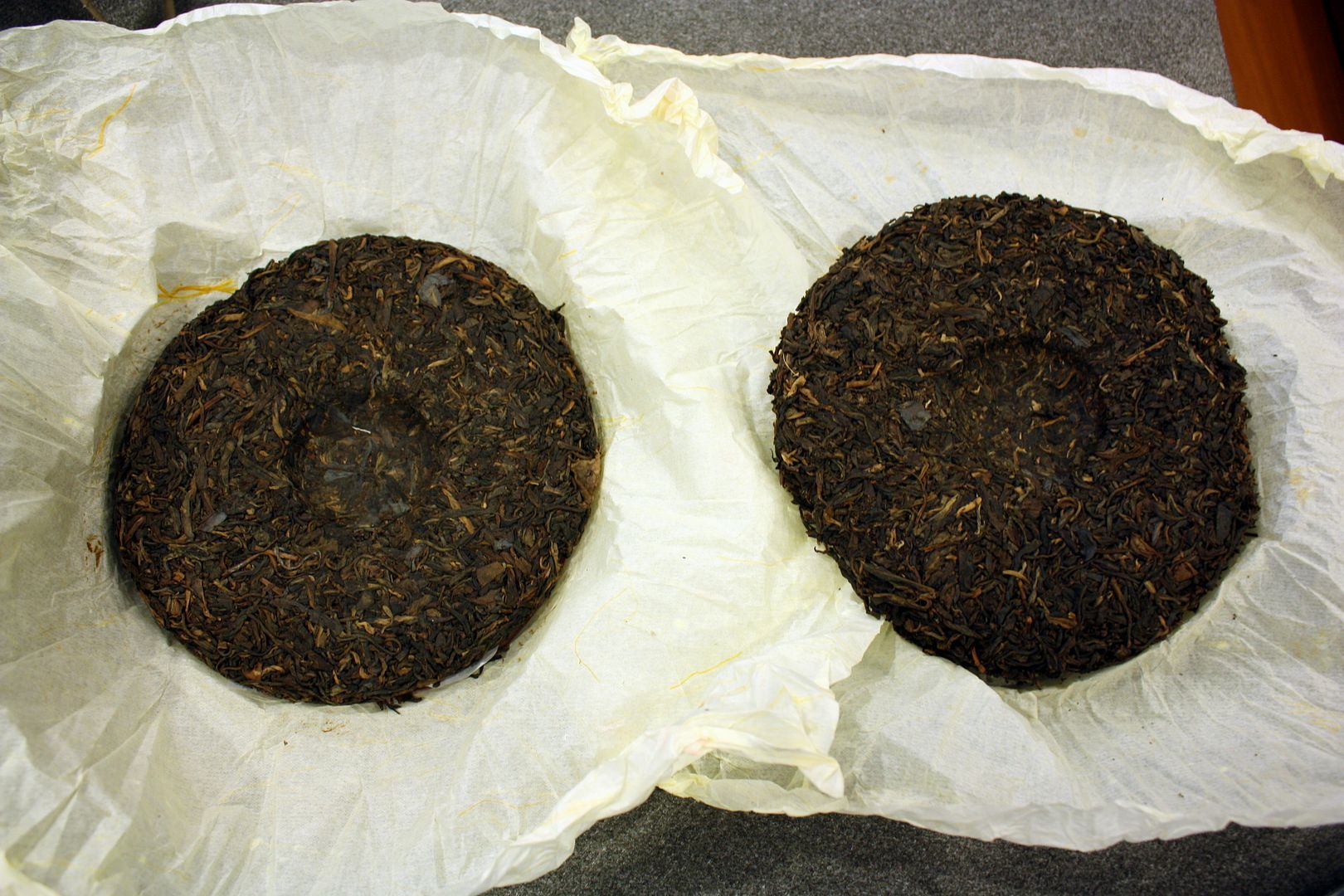

Yeah whisky prices have been leaking too, as well as luxury watches. I wrote a post maybe a decade ago…